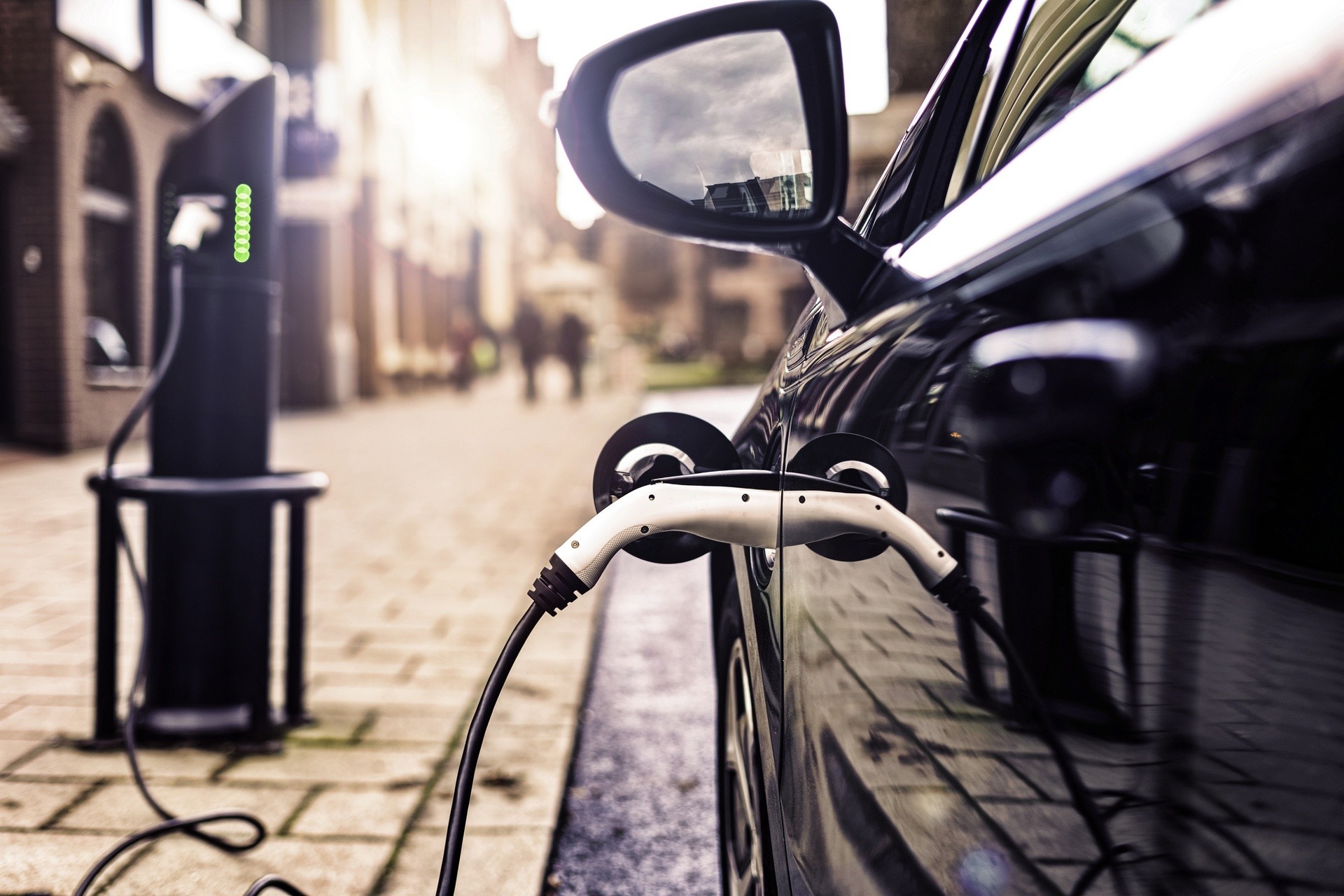Authors | Jaime Ramos, Elvira Esparza
The future of urban mobility is electric. The decline of the combustion engine and its gradual replacement with electric vehicles is a revolution that has led to fears over the decade that the pillars of the automotive sector were collapsing. Despite electric vehicle detractors, the change is here to stay and over the coming years, we will see an increase in the market share of plug-in vehicles.
This fact is illustrated in numerous indicators: nearly all manufacturers offer these types of models, prices are dropping and, in less than ten years, we have gone from seeing autonomies of less than 100 kilometres to those exceeding 400 kilometres and still rising. The focus on innovation in lithium-ion batteries is at the centre of these achievements.
Its consolidation is backed by authorities and institutions including those in countries with major pollution problems, such as China or India. While the Chinese mandatory sales quotas and its emerging industry already exceed one million electric vehicles registered each year, in India they intend to follow that same path
This is how electric vehicles are affecting cities
This trend will have a direct effect on cities, reducing air pollution (and acoustic pollution). Likewise, integrating electric vehicles on streets means definitively consolidating charging infrastructures.
If there has been a profound debate throughout the decade about whether the transition to electric engines should also mean changing the design of vehicles, that same question has been transferred to charging stations.
How should urban spaces incorporate these charging points? At the moment, the tendency is to compact this technology as much as possible to achieve a smarter implementation. However, the best solution is still not clear.
What should a public charging point look like?
To date we have seen hundreds of alternatives and designs for this technology. From wardrobe-sized monstrosities to slender and futuristic totem poles. The size, in the case of charging, is partly related to the number of standards offered by the station (i.e., socket types). A future unification of these would, without doubt, help towards the urban integration of electric charging.
In any event, a smart strategy needs to be developed in order to avoid cramming pavements with more unnecessary fixtures. Hence, there has been a proliferation of proposals for electric charging stations in cities, designed to utilize existing street infrastructure and avoid overburdening public spaces.
Telephone booths
In 2010, Madrid’s City Council and Endesa introduced the first telephone booth transformed into an electric vehicle charging station. A parking space was created next to the booth, enabling vehicles to charge for free using a card provided by the City Council.
In 2013, New York also explored the idea of repurposing its nearly obsolete telephone booths for similar uses, including transforming them into Wi-Fi access terminals.
Telephone cable cabinets
BT and the startup Etc launched a pilot program in the United Kingdom to repurpose telephone street cabinets and broadband infrastructure as electric vehicle charging points. The idea is to repurpose the outdated broadband infrastructure, made redundant by the development of fiber optic networks, to expand the network of electric vehicle charging points. The first charging point has been established in East Lothian (Scotland), which already has around 5,000 public chargers. This will be further expanded with 4,800 street cabinets that can be repurposed for electric vehicle charging.
Lampposts
The use of lampposts as electric vehicle chargers is gaining traction in the United Kingdom and the Netherlands. In the United Kingdom, the leading charging point operator, Ubitricity, has installed over 8,000 chargers on lampposts across various cities, including London and Liverpool, where more than 300 charging points are already in place. Outside of the United Kingdom, lampposts are also used as charging points in Germany, France, the Netherlands and Portugal. The advantage of using existing lampposts is that it is more cost-effective than installing new electric vehicle charging points, as it utilizes existing infrastructure.
In New York, Voltpost is now operational— a lamppost that houses a charger at its base. It not only lights the streets but also enables vehicles to charge quickly. This charger incorporates up to four chargers on a single lamppost.
In Spain, Valencia pioneered the installation of chargers on lampposts through the company Iberdrola. The project began with 22 charging points, where each lamppost featured two parking spaces, allowing for the simultaneous charging of two vehicles.
Residential buildings
In the United States, the startup It’s Electric has started installing chargers on sidewalks, connected to nearby buildings. The charging point utilizes surplus energy from residential buildings to power electric vehicle batteries. The system is designed to address the issue faced by electric vehicle owners who do not have access to their own garage or charging points in shared community garages. These chargers are easy to install as they do not require connection to the public grid. They are discreet and allow building owners to generate passive income from the electricity they provide.
Sidewalks

What is new about these sidewalk chargers, developed by the company Rheinmetall in Germany, is that they are integrated into the sidewalk curb. The chargers are installed directly on the sidewalk, and to access the plug, users must lift a lid and connect the cable. The advantage of this system is that it eliminates the need for column chargers, saving space on the sidewalks and reducing street clutter. The drawback is that vehicle owners must bring their own cable to charge their vehicles.
Wireless charging, with all its possibilities, could threaten this model. However, the complicated technology requirements involved, make us think that the smartest way to charge electric vehicles is still via lamp posts.
Images | iStock/nrqemi, Rheinmetall






















































